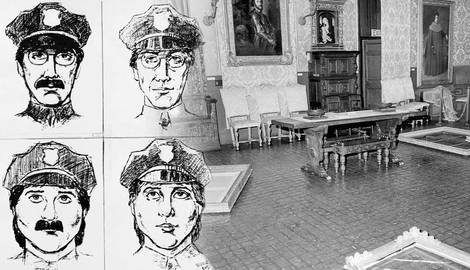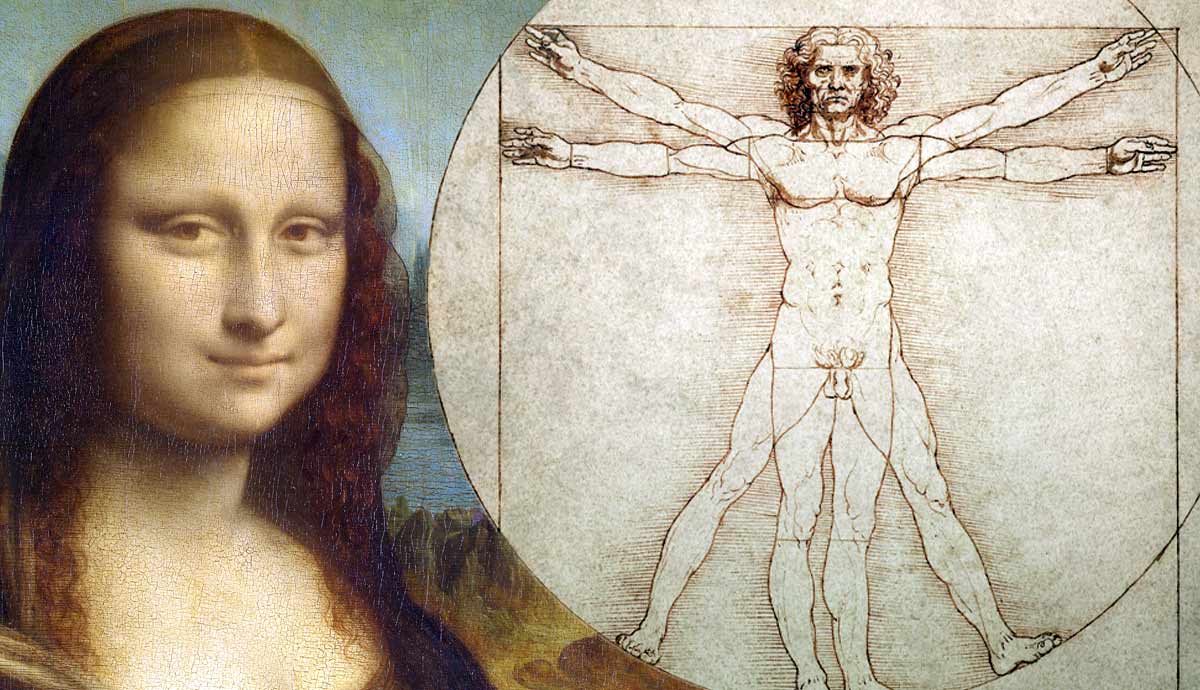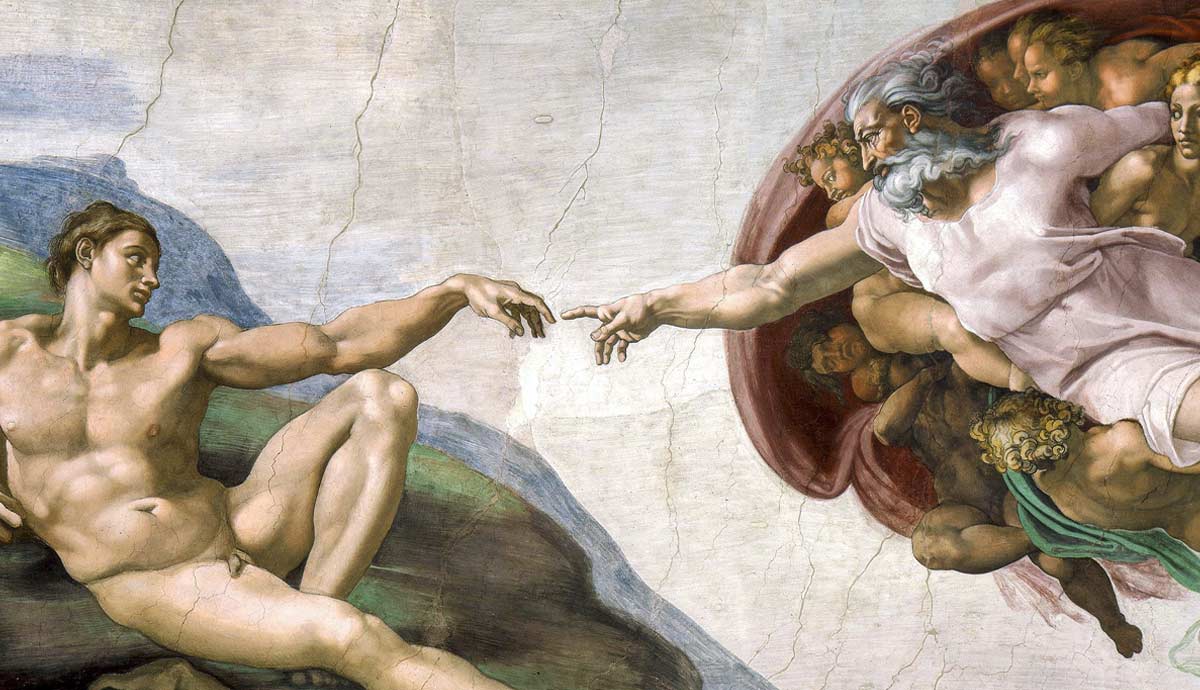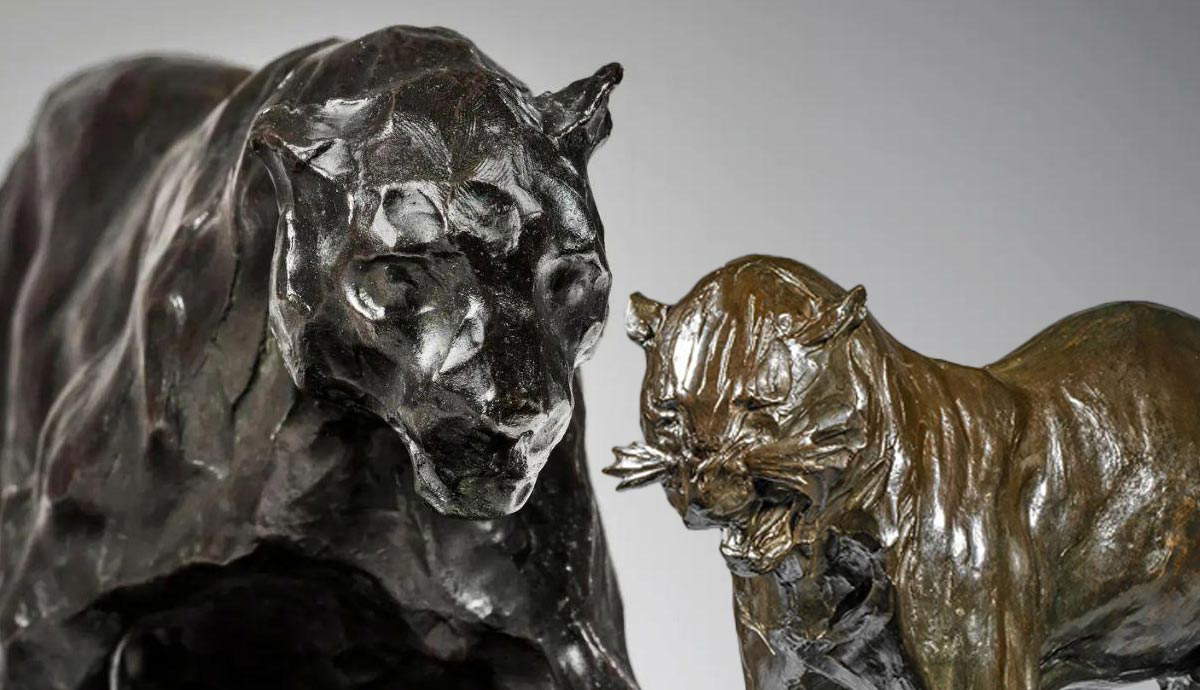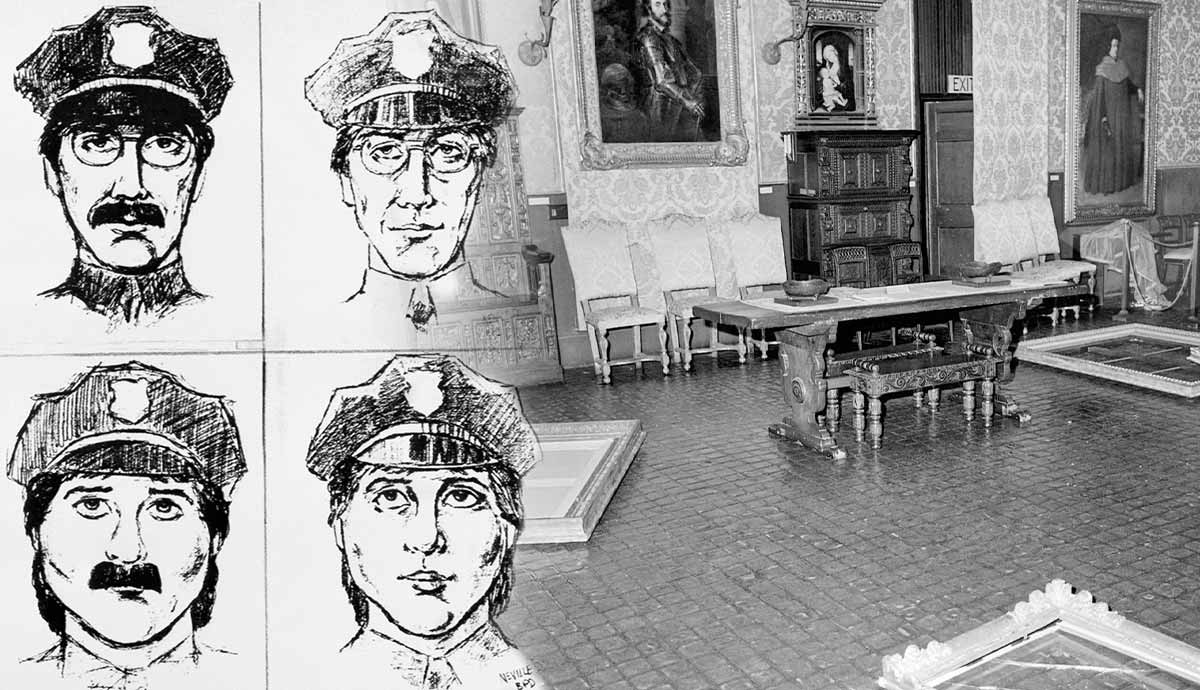
In March 1990, two men in police uniforms broke into the Isabella Stewart Gardner Museum in Boston and left with thirteen artworks worth about half a billion dollars. The stolen paintings included a priceless Vermeer and several Rembrandts.
Despite many details and names uncovered, the crime remains unsolved. But what exactly happened on the night of the world’s biggest art theft, and is there any chance the paintings might show up?
Isabella Stewart Gardner and the Museum She Built

Isabella Stewart Gardner was a famous art collector, an eccentric philanthropist, and the founder of the museum that bears her name. The daughter of a wealthy linen merchant, she became one of the most influential art patrons of all time. Gardner believed her mission was to bring high art to her country. A frequent traveler to Europe, she felt her fellow citizens deserved a chance to experience great art and beauty at home. Over the years, she amassed a vast collection ranging from antiquity to modernity.
The museum building was planned and constructed under Gardner’s close supervision. She also acted as chief curator, arranging the works to complement her eclectic collection. She became so attached to her creation that she prohibited the rearranging or selling of artworks, even after her death. According to her will, if any alterations happened, the remaining works should be sold through a Parisian auction house. Gardner’s oeuvre remained intact until one night in 1990.
Inside the Night of the Gardner Art Theft

On March 17th, Boston celebrated Saint Patrick’s Day with a traditional parade in the southern part of the city. To contain a crowd fueled with alcohol, most police watched the scene. The area around the museum was quiet. Only two guards were on duty, taking turns to do rounds through the galleries. Around midnight, the fire alarm went off. The guards paid little attention, aware that the security system was flawed and outdated.
Around 1:20 a.m., two men in police uniforms rang the buzzer of the side door, claiming they were there because of a disturbance complaint. The guards were unaware of anything unusual but let the presumed officers inside. The thieves then handcuffed the guards and revealed their true intentions. After being told not to cause any trouble, one of the guards laughed and said the museum did not pay him enough to do anything like that anyway.

The thieves spent eighty-one minutes in the museum, rummaging without any rush. After taking thirteen objects from the display, they vanished, leaving the guards behind. Several hours later, museum workers arrived to start their workday, but they could not get inside. After the Boston police unlocked the door, no one had any doubts about what had happened during the night.
The robbery occurred just six months after Anne Hawley’s appointment as museum director, the first woman in the role. As the new director, Hawley faced a significant shortage of funds. Months before the robbery, she had to choose between installing a new climate control system and upgrading security. At the time, damage from weather and moisture felt more pressing than a remotely possible heist.
The 13 Artworks That Vanished

One of the most confusing elements was the actual list of stolen artworks. The loss of Vermeer’s The Concert brought the most significant damage. Experts believe only 34 paintings by Vermeer exist today, which makes the loss of each one tragic.
Another dramatic loss was Rembrandt’s Christ in the Storm of the Sea of Galilee, the only known seascape by the Dutch master. The robbers also planned to take one of Rembrandt’s self-portraits and even took it off the wall, but left it for an unknown reason. They didn’t just extract canvases; they threw them on the floor to break the protective glass and then crudely cut the paintings out. The barbaric manner revealed the robbers’ low valuation of the pieces. Given thick layers of ground, paint, and varnish, cutting a canvas with a knife would be tiresome and would inevitably damage the paint layer.

While the identities of the thieves remain unknown, their expertise—or lack thereof—is indisputable. Alongside a Vermeer and several Rembrandts, they took a painting by Rembrandt’s student Govaert Flinck, several low-quality sketches by Edgar Degas, an old yet inexpensive Chinese vase, and a bronze eagle from Napoleon Bonaparte’s Imperial Guard flagpole.
The thieves spent almost ninety minutes moving between rooms, yet paid no attention to some of the most precious works. Several works by Titian remained intact, as well as those by Sandro Botticelli, John Singer Sargent, and many others. Investigators believe the thieves had a specific set of objects to steal for their client, but no knowledge of art. Propelled by their instant success, they likely picked up random pieces that caught their attention.

Perhaps the most perplexing part was the disappearance of Édouard Manet’s Chez Tortoni. While its value was unquestionable, its location was puzzling. Chez Tortoni was located in the Blue Room, a floor away from the Dutch Room, which suffered the most damage. Motion detectors recorded thieves’ movements during the heist, but no record of anyone entering the Blue Room after 1:20 a.m. According to the detectors, the last person approaching Manet’s painting was guard Rick Abath, whom the robbers would allegedly attack minutes later.
The Suspects and Motives Behind the Gardner Heist

The art market is small, and selling a stolen piece of such significance without attracting attention would be impossible. For that reason, investigators believed a particular client ordered the heist, intending to keep the paintings or use them in operations. Art pieces similar to those stolen in Boston often acted as collateral in drug deals and negotiations with the FBI. Mafia members would sometimes offer stolen works in exchange for their bosses’ freedom.
This motive dominated early discussions, with several FBI informants hinting at specific personas associated with the Boston crime scene. As the investigation went on, more names appeared, but many were later murdered. Although it didn’t automatically mean the murders were connected—these were career criminals amid gang wars—the coincidence was unnerving. The only solid tie was that many threads revolved around the Italian-American Patriarca crime family.

Many investigators suspected an inside job. One immediate suspect was guard Rick Abath, on duty the night of the heist. An aspiring rockstar with no interest in art, he frequently showed up intoxicated and openly hated his job. Colleagues reported that he had invited unauthorized visitors during his night shifts. Moreover, he was the last person to approach Manet’s painting, which later disappeared. Abath was never arrested, but some investigators believe he could have taken the work off the wall and given it to the thieves.
Will The Mystery Of The Biggest Art Theft Ever Be Solved?

The value of the stolen works grows year by year as the art market inflates. In 1990, the estimated value amounted to $200,000, but thirty years later, it exceeded half a billion. New details and leads continue to emerge. Various individuals have offered assistance in recovering the artworks in exchange for immunity. However, no significant progress has been made public.
In August 1997, art dealer and criminal William Youngworth contacted Boston Herald journalist Tom Mashberg, claiming to know the whereabouts of the stolen works and offering to return them under certain conditions. He took Mashberg to his warehouse, showed him a rolled canvas that looked similar to Rembrandt’s Storm on the Sea of Galilee, and provided paint samples. However, the subsequent FBI raid brought no result. The analysis showed the paint belonged to Rembrandt’s era, but the pigments didn’t match the actual painting. One thing is certain: sometimes, the lack of information can provide hope. Three decades later, the Isabella Stewart Gardner Museum is offering a $10 million reward for information leading to the recovery of the artworks.
